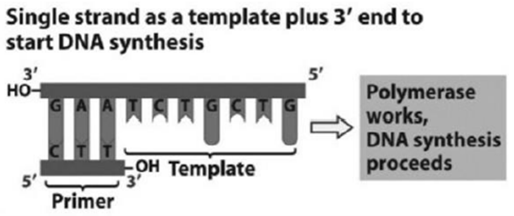TLS Online TPP Program
More Questions
TLS Online TPP Program
#Question id: 1655
#Section 2: General Biology
IgA in seromucus secretions:
TLS Online TPP Program
#Question id: 1656
#Section 2: General Biology
Which of the following statements is TRUE of IgM?
TLS Online TPP Program
#Question id: 1657
#Section 2: General Biology
Which of the following statements is TRUE of IgD?
TLS Online TPP Program
#Question id: 1658
#Section 2: General Biology
Which of the following statements is TRUE of IgE?
TLS Online TPP Program
#Question id: 1659
#Section 2: General Biology
Which of the following Fc receptors has the highest affinity?
TLS Online TPP Program
#Question id: 1660
#Section 2: General Biology
Cleavage of IgG by papain produces:

